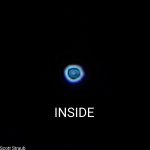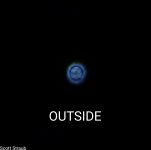Hi,
as Henry has pointed out, the astigmatism is not terrible. Neither is the SA. The rings don't look too concentric which might be an issue - or not, because it is an artifact. The in focus image looks quite ok to me.
I am not so confident that indoors means no problems with seeing effects - to the contrary, in a heated room, you can have quite terrible seeing. On the other hand an unheated basement with the instrument in thermal equilibrium might indeed be close to optimal.
Please try to make images outside on a cool overcast morning with the instrument out for an hour or so if an unheated basement is unavailable.
Joachim
as Henry has pointed out, the astigmatism is not terrible. Neither is the SA. The rings don't look too concentric which might be an issue - or not, because it is an artifact. The in focus image looks quite ok to me.
I am not so confident that indoors means no problems with seeing effects - to the contrary, in a heated room, you can have quite terrible seeing. On the other hand an unheated basement with the instrument in thermal equilibrium might indeed be close to optimal.
Please try to make images outside on a cool overcast morning with the instrument out for an hour or so if an unheated basement is unavailable.
Joachim








